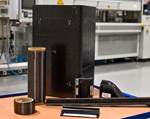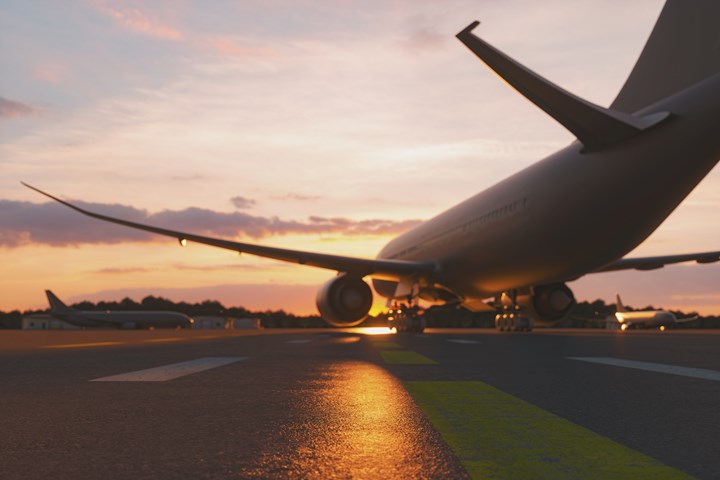Alaska Airline grounds Boeing 737 Max 9 fleet after blowout accident
FAA emergency inspections are underway for Boeing jetliners fleet after a midair window blowout on an Oregon flight, affecting about 171 planes globally.
Alaska Airlines has temporarily grounded all 65 of its Boeing 737 Max 9 aircraft after an incident in Oregon on Jan. 5th in which a panel and window blew out mid-flight. The Federal Aviation Administration (FAA) is requiring immediate inspections of certain Boeing 737 Max 9 planes — which will “take around four to eight hours per aircraft” — before they can return to flight.
According to CNN, an Alaska Airlines flight, which was headed from Portland to Ontario, California, returned safely to Portland International Airport around 5 p.m. PT after “the crew reported a pressurization issue.” A panel of the fuselage, the “plug door” near the rear of the aircraft, including the panel’s window, popped off shortly after takeoff. Soon after, the depressurized plane returned safely to Portland International Airport about 20 minutes after departure. No one was seriously injured. Nevertheless, the order affects about 171 planes owned by Alaska, United and other airlines, says The New York Times, and has led to many flight cancelations.
CNN reports that, after the accident, Alaska Airlines reported that a “quarter of its Boeing 737 Max 9 fleet, 18 planes, were cleared to operate because they ‘had in-depth and thorough plug door inspections performed as part of a recent heavy maintenance visit.’” Investigators will be looking at several components, including the maintenance and repair records. Alaska Airlines says it is working closely with Boeing to better understood what took place.
According to NPR.org, the Max is the newest version of Boeing’s venerable 737, a twin-engine, single-aisle plane frequently used on U.S. domestic flights. The plane, which features an aluminum fuselage, went into service in May 2017.
Related Content
-
Combining multifunctional thermoplastic composites, additive manufacturing for next-gen airframe structures
The DOMMINIO project combines AFP with 3D printed gyroid cores, embedded SHM sensors and smart materials for induction-driven disassembly of parts at end of life.
-
Cryo-compressed hydrogen, the best solution for storage and refueling stations?
Cryomotive’s CRYOGAS solution claims the highest storage density, lowest refueling cost and widest operating range without H2 losses while using one-fifth the carbon fiber required in compressed gas tanks.
-
Manufacturing the MFFD thermoplastic composite fuselage
Demonstrator’s upper, lower shells and assembly prove materials and new processes for lighter, cheaper and more sustainable high-rate future aircraft.














